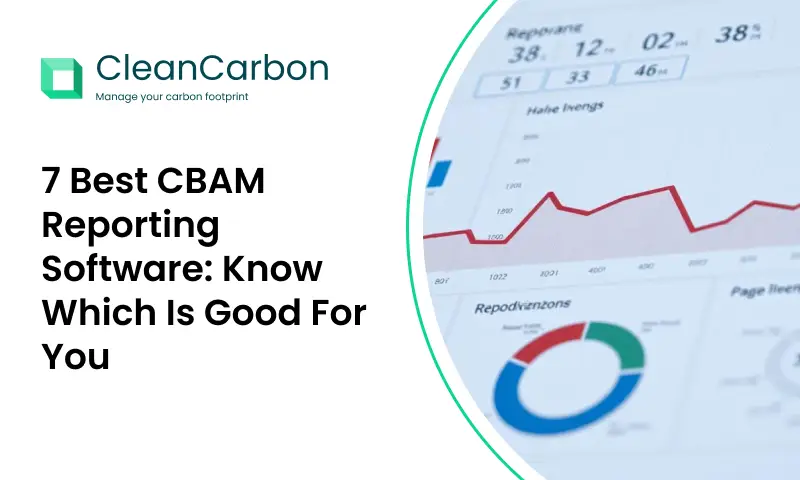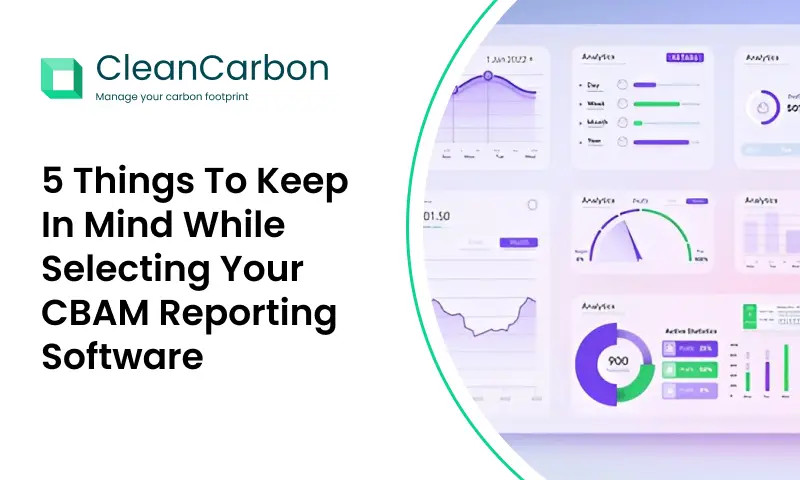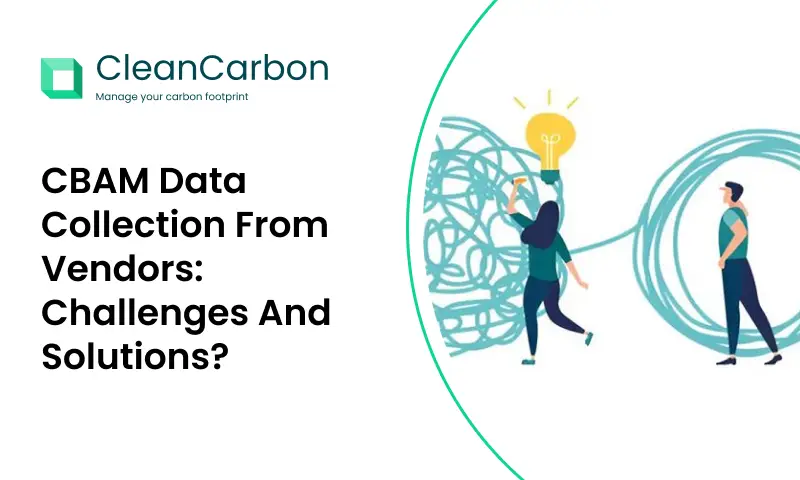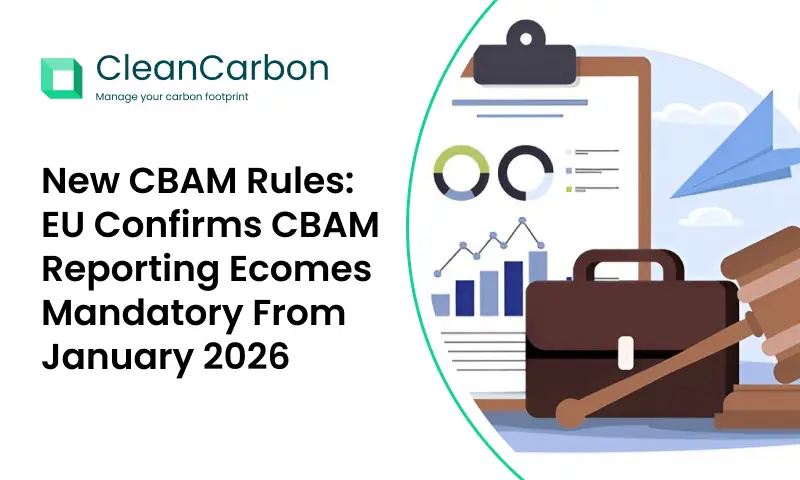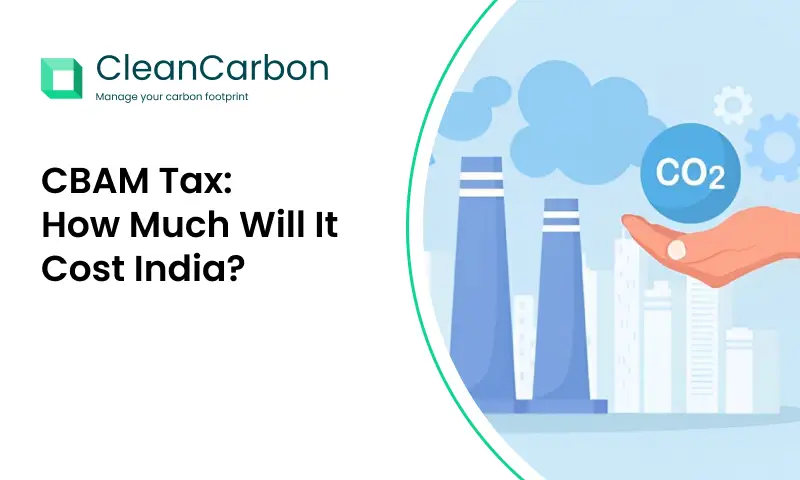Introduction
In a world grappling with the pressing challenges of climate change, carbon management has become a buzzword. From governments and corporations to individuals, there’s a growing recognition of the urgent need to reduce carbon emissions and limit the impact of global warming. To address this challenge, Carbon Management Software as a Service (SaaS) platforms are emerging as powerful tools. In this blog, we will explore the significance of carbon management SaaS platforms, their key features, and how they are making a positive impact on our planet.
The Carbon Conundrum
The impact of carbon emissions on our planet is undeniable. Excess carbon dioxide (CO2) in the atmosphere contributes to the greenhouse effect, which leads to rising global temperatures, extreme weather events, melting glaciers, and other adverse consequences. Tackling this carbon conundrum requires a multifaceted approach, involving governments, businesses, and individuals.
Carbon emissions primarily stem from energy production, transportation, agriculture, and industrial processes. Monitoring and reducing emissions in these sectors are essential for combating climate change. This is where Carbon Management SaaS platforms come into play
Understanding Carbon Management SaaS Platforms
Carbon Management SaaS platforms are cloud-based software solutions designed to help organizations and individuals measure, analyze, and reduce their carbon footprints. These platforms offer a comprehensive suite of tools and features that streamline the entire carbon management process. Let’s delve into the key aspects that make these platforms crucial in the fight against climate change.
1. Data Collection and Monitoring
Carbon Management SaaS platforms are equipped with data collection tools that can aggregate information on an organization’s or individual’s carbon emissions from various sources. These sources can include energy bills, transportation records, and supply chain data. This data forms the foundation for carbon footprint assessment and management.
2. Carbon Footprint Analysis
Once the data is collected, the platform provides sophisticated analytical tools to calculate an entity’s carbon footprint. This includes direct emissions (e.g., on-site energy production) and indirect emissions (e.g., emissions resulting from purchased electricity). The platform can also identify emission hotspots and areas for potential reduction.
3. Goal Setting and Tracking
Carbon management platforms allow users to set specific emission reduction targets. This might involve reducing emissions by a certain percentage within a given timeframe or achieving a net-zero emissions status. The platform can then track progress towards these goals, providing real-time updates and reports.
4. Carbon Offsetting and Reduction Strategies
A crucial component of carbon management is the development and implementation of strategies to reduce emissions. These platforms offer suggestions and tools to help organizations and individuals make informed decisions about how to reduce their carbon footprint. They can also facilitate carbon offsetting by connecting users with certified offset projects.
5. Regulatory Compliance
Carbon management platforms often include features that help users comply with relevant environmental regulations and reporting requirements. This ensures that organizations and individuals remain in line with the law and avoid potential penalties.
Benefits of Carbon Management SaaS Platforms
1. Efficiency and Accuracy
Manual carbon tracking and calculation processes can be time-consuming and error-prone. Carbon Management SaaS platforms streamline these tasks, saving time and reducing the risk of inaccuracies. This efficiency is especially valuable for large organizations with complex operations.
2. Real-Time Insights
Carbon management platforms offer real-time data and insights, allowing users to make informed decisions promptly. This agility is crucial for adjusting strategies and meeting emissions reduction targets effectively.
3. Cost Savings
By identifying and implementing emission reduction strategies, organizations can often achieve cost savings in the form of reduced energy consumption, improved resource efficiency, and more sustainable supply chain practices.
4. Positive Brand Image
Companies that actively work to reduce their carbon footprint enhance their brand image. This can lead to increased customer loyalty and attract environmentally-conscious consumers and partners.
5. Environmental Stewardship
Taking responsibility for one’s carbon emissions and actively working to reduce them demonstrates a commitment to environmental stewardship. This is essential in the current climate, where consumers and stakeholders are increasingly scrutinizing an organization’s sustainability efforts.
Conclusion
Carbon Management SaaS platforms are at the forefront of the battle against climate change. By providing the tools to measure, analyze, and reduce carbon emissions, they empower organizations and individuals to make a meaningful difference in the fight against global warming. As governments, businesses, and individuals continue to prioritize sustainability, these platforms play a crucial role in achieving a greener, more sustainable future.
The choice is clear: to mitigate the carbon conundrum, we must leverage the power of technology and embrace Carbon Management SaaS platforms. By doing so, we can collectively reduce our carbon footprint and take a significant step towards a more sustainable and resilient world. It’s time to embrace the potential of these platforms and make a positive impact on the environment and our future.


